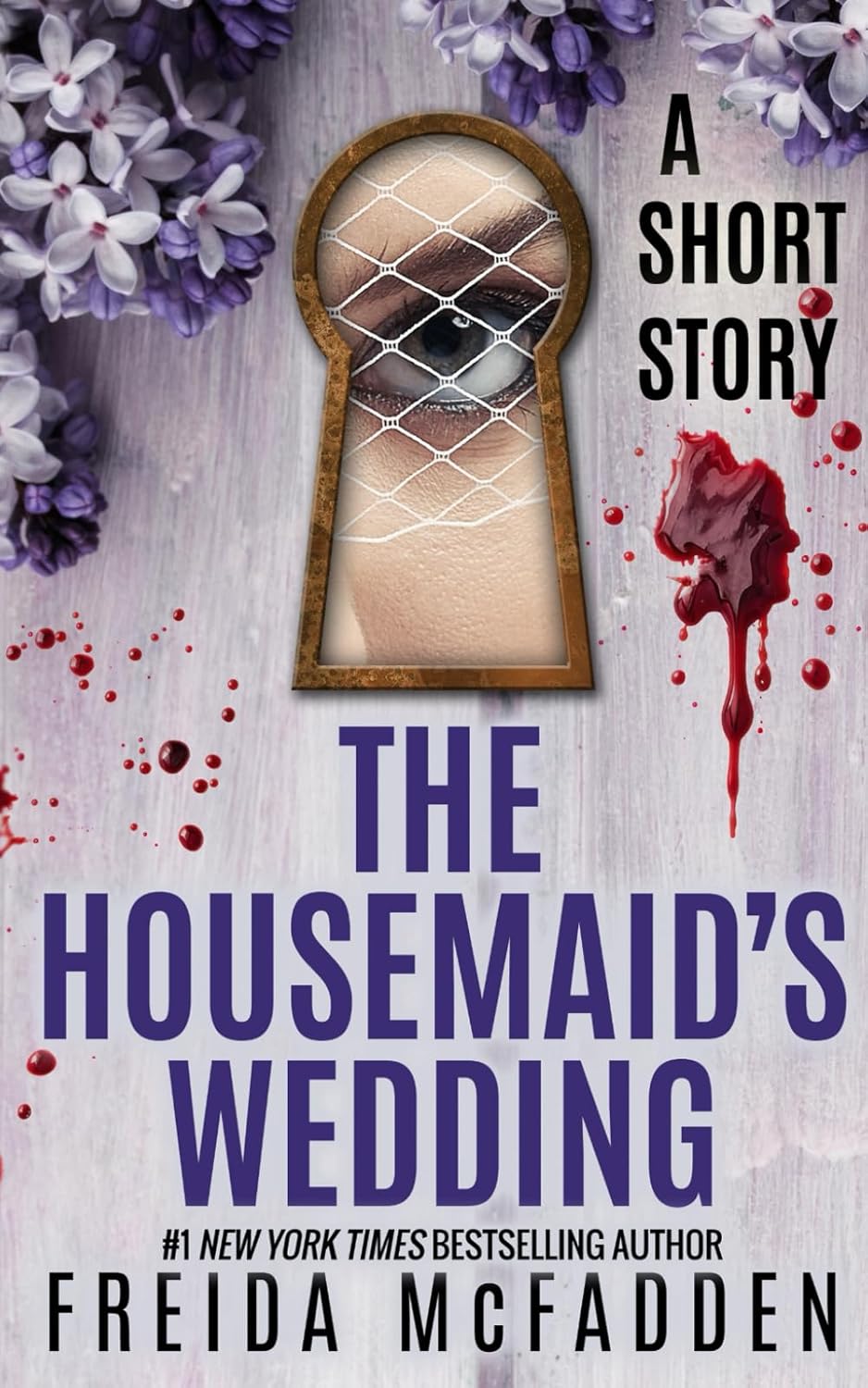In this book review, we delve into the intricacies of The Housemaid’s Wedding: A Short Story. This captivating tale unravels the life of a housemaid in the 18th century, detailing her trials, dreams, and remarkable journey toward her wedding. Creative writers and fervent readers alike will find this short story both enriching and thought-provoking. In the initial stages of the review, we aim to grasp the essence of the narrative, setting the stage for an immersive exploration of its core themes and unique storytelling.
An Introduction to the Story’s Setting
The backdrop of this short story is a quaint village nestled in the heart of 18th-century England. The setting paints a vivid picture of the era’s social norms and the roles dictated by class and status. Through the eyes of the protagonist, we experience the vibrant yet constrained world of a housemaid, yearning for more than her predefined path. The detailed portrayal of the village and its inhabitants envelops readers in a genuine sense of place and time.
Exploring the Main Character’s Journey
At the heart of The Housemaid’s Wedding is a strong and compelling female protagonist. Her character development is central to the story’s appeal. As she navigates the complexities of love and duty, readers are drawn into her struggles and triumphs. The transformative arc of her character serves as a beacon of inspiration, illustrating the power of resilience and hope amidst adversity.
Understanding Key Themes
Several important themes are interwoven throughout the narrative, each offering profound insights into human nature and society. The theme of class distinction is vividly depicted, highlighting the societal boundaries that the protagonist must overcome. Additionally, the story explores themes of love, sacrifice, and personal growth, resonating deeply with readers of all backgrounds. These themes are skillfully mapped out, inviting readers to reflect on their meanings and implications.
The Author’s Unique Writing Style
The author’s writing style is both engaging and evocative, combining rich descriptions with a clear narrative voice. The blend of historical authenticity and fictional creativity creates a compelling reading experience. Creative writers will particularly appreciate the story’s ability to seamlessly transport readers into a bygone era while reflecting universal truths that transcend time.
Analyzing the Story’s Structure
The short story’s structure is meticulously crafted, maintaining a steady pace that sustains reader engagement. Each chapter is artfully constructed to heighten tension and build toward the climax, culminating in a satisfying and heartwarming resolution. The narrative flow ensures that the reader remains invested in the protagonist’s journey at every turn.
The Power of Symbolism
Symbolism plays an integral role in enhancing the depth of The Housemaid’s Wedding. From the contrasting imagery of the housemaid’s modest attire to the opulence of her employer’s surroundings, symbols are artfully deployed to highlight class disparities and personal aspirations. These symbols serve to anchor key themes while adding layers of meaning to the story’s unfolding events.

An Introduction to the Story’s Setting
The supporting characters also contribute significantly to the narrative’s richness. Each character is intricately woven into the fabric of the protagonist’s life, offering varying perspectives and challenges. The interactions with these characters provide a multifaceted view of the protagonist’s world, adding depth to her journey.
Connection to Historical Context
The historical context enriches the reader’s understanding of the societal pressures and gender roles in 18th-century England. By anchoring the story in a specific time and place, the author is able to explore broader themes of freedom, choice, and equality, which remain relevant today. This connection to history invites readers to engage with the story on a more profound level.
The Emotional Impact on Readers
The Housemaid’s Wedding delivers an emotional punch that resonates with readers long after they have finished reading. The author’s ability to craft heartfelt moments ensures a lingering connection to the characters’ experiences. Readers are likely to feel a mix of empathy, hope, and inspiration as they navigate the emotional landscapes of the story.
Comparison to Similar Works
In comparison to similar works in historical fiction, The Housemaid’s Wedding stands out for its vivid character portrayal and emotional resonance. While works such as A Man & His Watch also provide a window into the past, the intimate focus on one woman’s quest for happiness in The Housemaid’s Wedding strikes a unique chord.
Reader Reviews and Reception
Readers have responded with acclaim, praising the story’s compelling narrative and the depth of its characters. The poignant message of personal triumph over societal constraints has resonated widely, earning the story a well-deserved place among celebrated short stories of recent times. It has been recommended in numerous literary lists for its emotional richness and historical insight.
Impact on Writers and Creatives
For creative writers, The Housemaid’s Wedding provides both a model and inspiration. The narrative’s intricate weaving of historical detail and emotional depth demonstrates the power of storytelling. It invites writers to consider how themes and character development can create a lasting impact on readers. Writers seeking to refine their craft will find valuable insights and techniques within its pages.
Conclusion: A Must-Read Short Story
In conclusion, The Housemaid’s Wedding is a masterpiece of short fiction that speaks to the heart and soul of both its characters and readers. Its exploration of important themes combined with the engaging narrative make it a must-read for anyone with a passion for historical fiction. As a lured reader, you can explore further the multiplicity of emotions and historical nuances captured in this brilliant work.
FAQ
Q1: What are the main themes explored in The Housemaid’s Wedding?
A1: The story explores themes such as class distinction, love, sacrifice, and personal growth.
Q2: How does the setting influence the narrative?
A2: The 18th-century English village setting provides a backdrop that intensifies the characters’ struggles and societal boundaries.
Q3: Who would benefit most from reading this story?
A3: Both creative writers and those who appreciate historical fiction will find this short story particularly enlightening and inspiring.







